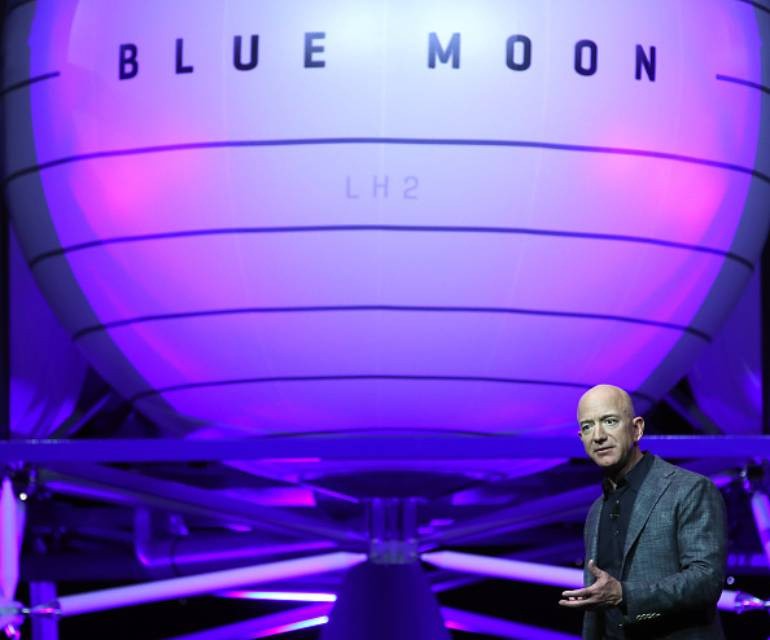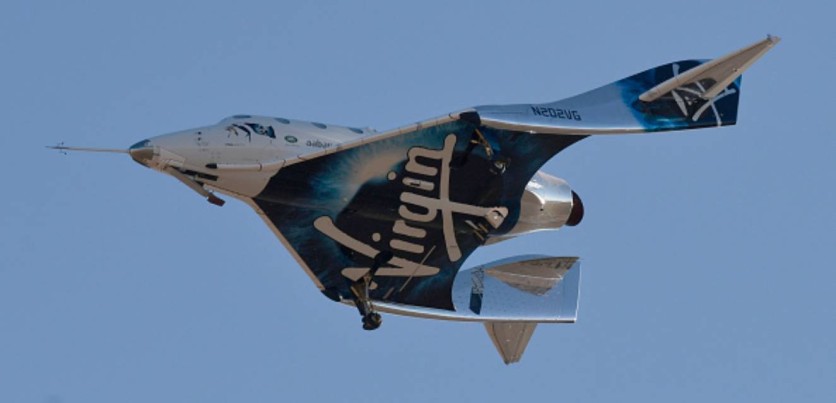Jeff Bezos and Richard Branson, two of the richest people in the world, are set to launch themselves into Earth's orbit mere weeks apart. But they're not exactly fighting about who gets to launch first.

Bezos (Blue Origin) and Branson (Virgin Galactic) are arguing over where outer space really begins, reports CNBC. That's because both men will be flying at different altitudes. Richard Branson will be launched to around 80 kilometers (262,000 feet) above the Earth, which the US considers the official boundary of space.
On the other hand, Jeff Bezos is launching himself a little bit higher at roughly 100 kilometers (328,000 feet), into a region known as the Kármán line. According to National Geographic, this area (named after the Hungarian physicist, Hungarian physicist Theodore von Kármán) is what the Federation Aeronautique Internationale (FAI) considers as the "official" boundary of space.
The FAI's job is to track records and measurement standards in aeronautics and astronautics for the uninitiated, where space exploration falls in.
Richard Branson's Virgin Galactic space tourism company considers its mission to be "a different experience" because the mission to carry the billionaire won't be flying beyond the Kármán line. As for Jeff Bezos' Blue Origin, they're likely disputing whether or not Branson's attempt is legitimate because it's not following the Kármán line standard.
Branson is scheduled to launch into space on July 11, while Bezos will go nine days later on July 20.
Jeff Bezos Vs. Richard Branson: Why Are They Disputing Where Space Begins?
To understand the conflict, it all starts with how Blue Origin and Virgin Galactic's spacecraft actually work.

Contrary to what many might think, the rockets set to bring the billionaires up there aren't exactly going to orbit. They will only go as far as the endpoint of Earth's atmosphere, stay there for a few minutes to experience a bit of weightlessness, then come back down. That's because the spacecraft are only classified as "sub-orbital." They won't reach the right distance to orbit the Earth like the ISS does because they're never meant to.
Flights Fraught with Risk
But even if they're not going to the distance where the ISS sits, Jeff Bezos and Richard Branson face many risks for both their flights.
For instance, Bezos is at great risk because of his age. At 57, he's already considered past his physical prime despite being fit and healthy. To escape most of Earth's gravity, Jeff Bezos is submitting his body to a 17,000 mile-an-hour orbital velocity which not even a much younger astronaut will find easy, despite having trained for years.
Branson, on the other hand, is a middle-aged man just like Bezos. His Virgin Galactic spacecraft is also not as tested when it comes to crewed flights. But whatever happens, these two men will be going to where few have gone before, and that is already a lifetime achievement by itself.
This article is owned by Tech Times
Written by RJ Pierce
ⓒ 2025 TECHTIMES.com All rights reserved. Do not reproduce without permission.




